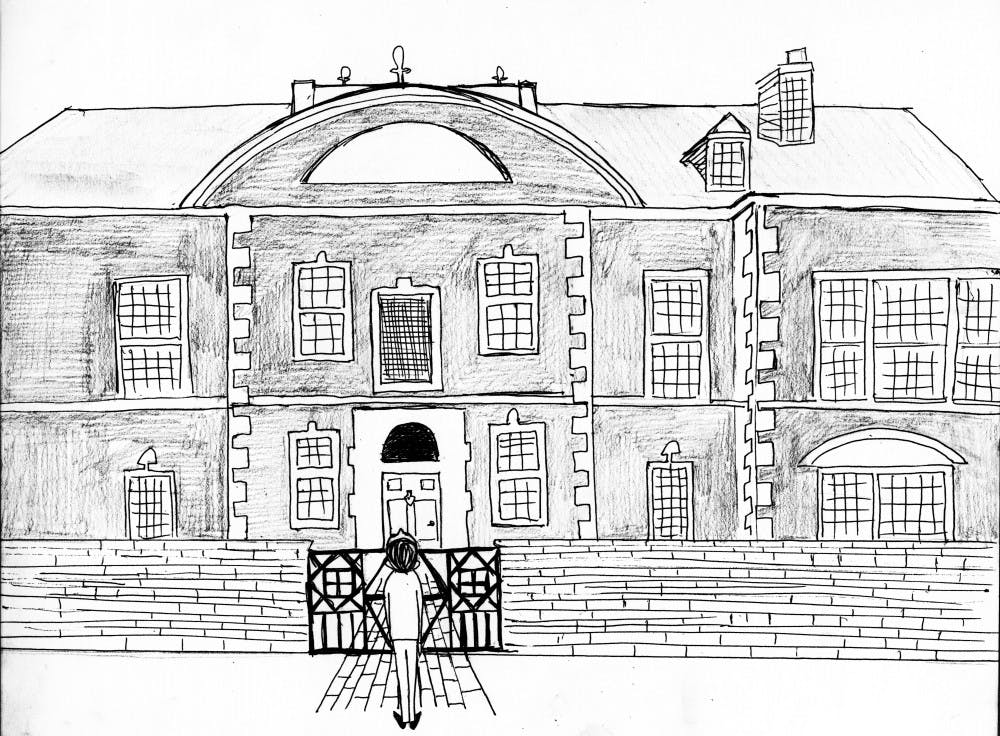This column is the third in a series about socioeconomic diversity and low-income students at the University.
By Stanley Katz
I have learned much and agreed with the two long opinion pieces written byBennett McIntoshandLea Trusty, so there is no need for me to rehearse what they have said so nicely about the University's efforts to increase socioeconomic diversity in recent years. For those of us on the faculty who have long hoped that Princeton would do more to increase the full range of diversity among the student body (and of course among the faculty), it has been heartening to see the initiative that former University President Tilghman launched at the end of her term and now its continuation under University President Christopher Eisgruber ’83. But of course none of us should forget the importance of both the sweeping financial aid reform undertaken by former University President Harold Shapiro GS ’64, which eliminated loans as part of student financial aid packages. The combination of financial aid generosity — made possible by our enormous material resources — a superb admissions office and the commitment of our leadership to seek a more diverse student body has positioned Princeton nicely to make progress toward diversity.
We all recognize that despite our financial aid package, the University has struggled to increase the number of Pell Grant-eligible undergraduate students. Money alone cannot solve the problem. As Caroline Hoxby pointed out in her article"The Missing “One-Offs”: The Hidden Supply of High-Achieving, Low Income Students,"convincing the students we seek to apply to institutions like Princeton is equally important. And, alas, convincing this cohort of students that Princeton is the elite campus they most want to be accepted by is a daunting problem. We will of course benefit from the national effort under way to attract “undermatched” students (those who are highly qualified but do not apply to highly competitive colleges). But why should those students think that Old Nassau is the place for them?
I hope I will be forgiven for thinking of this as the “Michelle Obama” problem. We have recently gotten a lot of mileage from the fact that Mrs. Obama ’85 mentioned that our financial aid policies enabled a student like her to attend the University. But it seems also to be the case that Mrs. Obama has little desire to reconnect with her alma mater. Her undergraduate thesis apparently made clear the difficulties she felt in accommodating herself to the Princeton of her era, and I am afraid that it is likely that her feelings of hurt have not gone away over the years. Whatever the causes of her feelings as an undergraduate, I think we all need to be concerned that students who are “different” than the stereotypical, clubbie Princetonian will think that we are the right place for them.
The issue is partly what we will have to do to make a much wider socioeconomic range of students feel comfortable and productive here. Expanding and continuing to improve the Freshman Scholars Institute is surely one such thing. Supporting the sorts of new groups mentioned by Lea Trusty to provide support for first-generation-in-college students may well be another. But I think the problem is more basic. Most obviously, can an elite college in which the majority of the students take their meals and organize their social lives around expensive and sometimes exclusive clubs expect students from lower socioeconomic backgrounds to feel that they will be welcome here? I doubt it. Indeed, although Princeton was the college I dreamed of attending as a (quite well-off) public high school student in Chicago in the 1950s, once I looked into what Princeton student life was actually like, I decided that Princeton was not the place for me. I went to a college that seemed to me to be more welcoming for a student like me, and I feel confident that I made the right choice at the time. That was my “Michelle Obama” experience.
Finally, there is an additional problem that seems to me both challenging and very difficult — attracting more students from the lower middle classes. Our financial aid policies now make it quite possible for the economically most deprived students to afford Princeton. Those who come from the lowest quintile of family wealth, if academically qualified, can afford to matriculate. But if their families are in the second lowest quintile (or certainly the middle quintile), they may be priced out of our market. Addressing that inequity will be a daunting challenge even for an institution as remarkably well-heeled as Princeton is. I do not know how we can meet this challenge, but I think it needs to be on our wish list. We don't want to be a place for the rich and poor, do we?
My concern is that we continue to make Princeton a college that is welcoming and attractive to the widest cohort of undergraduate students. We have made great strides in that direction over the more than 60 years since I decided not to apply, and I am proud to be a member of an academic community that has come to take its social responsibilities so seriously. Our decision to create, and then expand, the residential college system was, to my mind, the single most tangible step necessary to move us in the right direction. But we have much more to do before we sleep.

Stanley Katz is a lecturer with rank of professor in the Wilson School and the director of thePrinceton University Center for Arts and Cultural Policy Studies. He can be reached at snkatz@princeton.edu.









